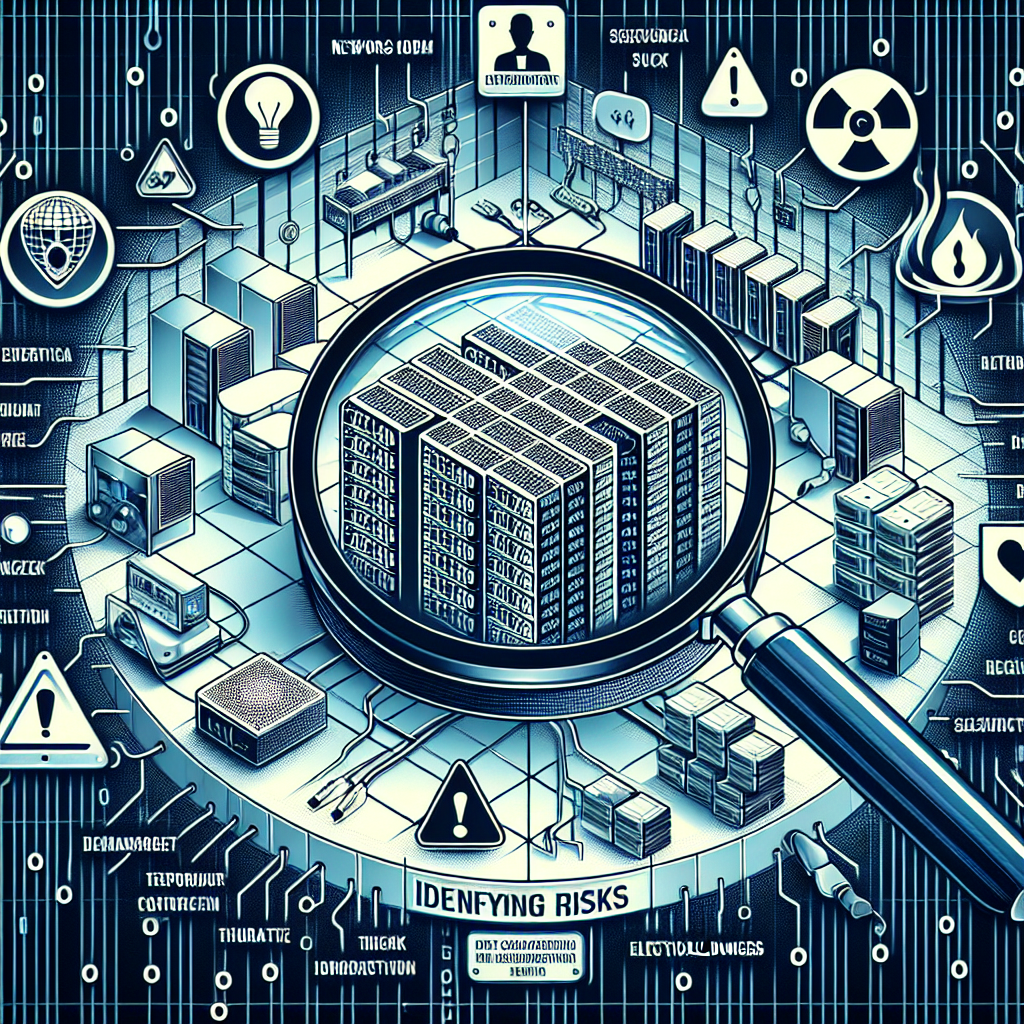Your cart is currently empty!
Top Tools and Techniques for Conducting a Data Center Risk Assessment

Data centers play a crucial role in the functioning of modern businesses, housing and managing vast amounts of data critical to operations. With cyber threats on the rise and the increasing complexity of IT infrastructures, conducting a comprehensive risk assessment is essential to ensuring the security and reliability of a data center. Here are some top tools and techniques for conducting a data center risk assessment.
1. Vulnerability scanning tools: Vulnerability scanning tools such as Nessus, Qualys, and OpenVAS can help identify potential weaknesses in the data center’s systems and applications. These tools scan networks, servers, and applications for known vulnerabilities and provide detailed reports on the findings. By regularly scanning for vulnerabilities, organizations can proactively address security issues before they are exploited by attackers.
2. Penetration testing: Penetration testing, also known as ethical hacking, involves simulating real-world cyber attacks to identify vulnerabilities that could be exploited by malicious actors. This testing helps organizations understand their security posture and assess the effectiveness of their security controls. Tools like Metasploit and Burp Suite are commonly used for conducting penetration tests.
3. Risk assessment frameworks: Risk assessment frameworks like NIST Cybersecurity Framework, ISO 27001, and COBIT provide guidelines and best practices for conducting data center risk assessments. These frameworks help organizations establish a structured approach to identifying, assessing, and mitigating risks to their data center operations. By following a standardized framework, organizations can ensure a comprehensive and consistent assessment of risks.
4. Data center monitoring tools: Data center monitoring tools such as SolarWinds, Nagios, and Zabbix can help organizations monitor the performance and security of their data center infrastructure in real-time. These tools provide visibility into the health and status of servers, networks, and applications, allowing organizations to quickly detect and respond to potential issues that could impact data center operations.
5. Security information and event management (SIEM) tools: SIEM tools like Splunk, IBM QRadar, and ArcSight help organizations collect, analyze, and correlate security event data from across the data center. By centralizing and analyzing log data from various sources, SIEM tools can help organizations detect and respond to security incidents in a timely manner. SIEM tools also provide valuable insights into potential security risks and vulnerabilities within the data center.
6. Data encryption and access controls: Implementing data encryption and access controls is essential for protecting sensitive data stored in a data center. Encryption tools like BitLocker and VeraCrypt can help secure data at rest, while access control mechanisms such as role-based access control (RBAC) and multi-factor authentication can help restrict access to critical systems and data. By implementing strong encryption and access controls, organizations can mitigate the risk of unauthorized access to their data center infrastructure.
In conclusion, conducting a data center risk assessment is a critical step in safeguarding the security and resilience of data center operations. By utilizing the top tools and techniques mentioned above, organizations can identify and mitigate potential risks to their data center infrastructure, ensuring the confidentiality, integrity, and availability of their data. Investing in a robust risk assessment process is essential for protecting sensitive data and maintaining the trust of customers and stakeholders.

Leave a Reply